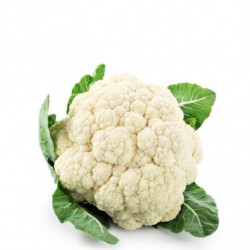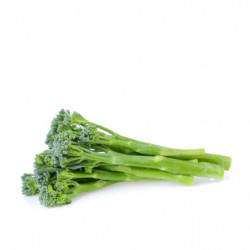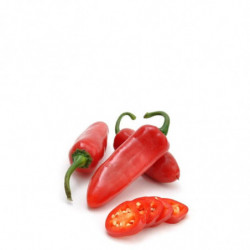Discover the Versatility of Red Pepper
Red pepper is a vegetable native to Central and South America, which has been widely cultivated worldwide. It is known for its sweet and mild flavor, and it is an excellent source of vitamins and minerals essential for health.
Characteristics of Red Pepper
In terms of shape, red pepper has a fleshy and hollow structure, and its size and shape vary depending on the variety. They are usually round in shape, although they can also be elongated or conical. When ripe, they have a shiny and firm appearance with a crunchy texture.
Nutritional Benefits of Red Pepper
In terms of composition, red pepper is low in calories and rich in nutrients. It is an excellent source of vitamin C, vitamin A, vitamin B6, and folic acid, as well as potassium and dietary fiber. It also contains capsaicin, a compound that has been shown to have beneficial effects on health, such as reducing pain and inflammation.
Varieties and Uses
There are several varieties of red pepper, including bell pepper, chili pepper, and cherry pepper. Each variety has a different flavor and level of spiciness, making them ideal for different culinary uses. It is used in a wide variety of culinary dishes worldwide, from salads to sauces, stews, and roasts.
Importance and Cultivation
In Mediterranean cuisine, it is an essential ingredient in the famous dish of stuffed peppers. In addition to its culinary use, red pepper has also traditionally been used for therapeutic purposes. Its high content of vitamin C and antioxidants has been shown to help prevent heart disease and strengthen the immune system.
Curiosities and Popularity
Interestingly, red pepper was originally used as an ornamental plant because of its striking bright red color. However, its flavor and health benefits soon made it a popular ingredient in cooking. Today, red pepper is cultivated in a wide variety of countries, including Mexico, Spain, Italy, Turkey, and China. It is a























